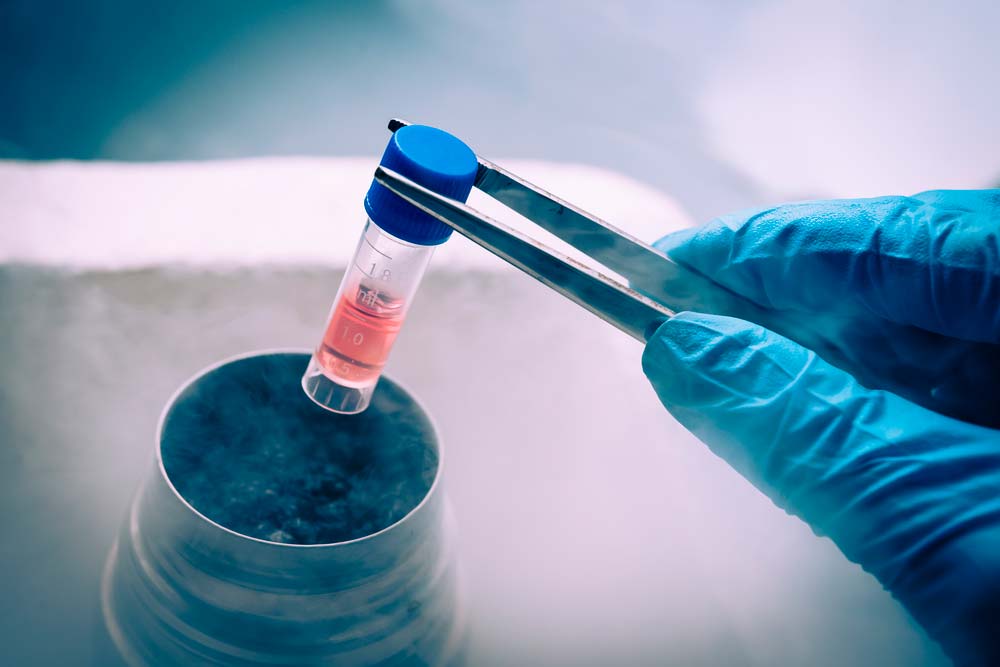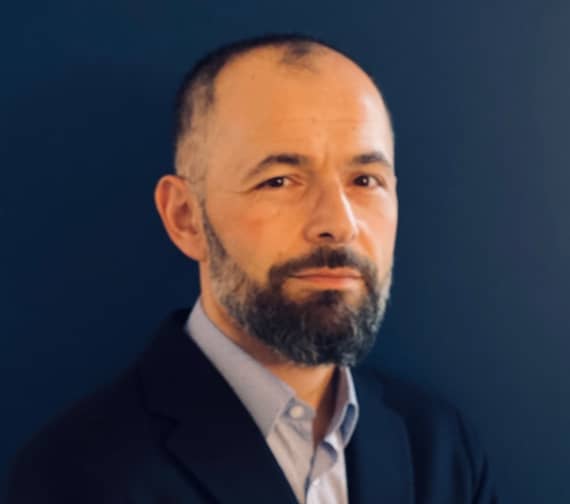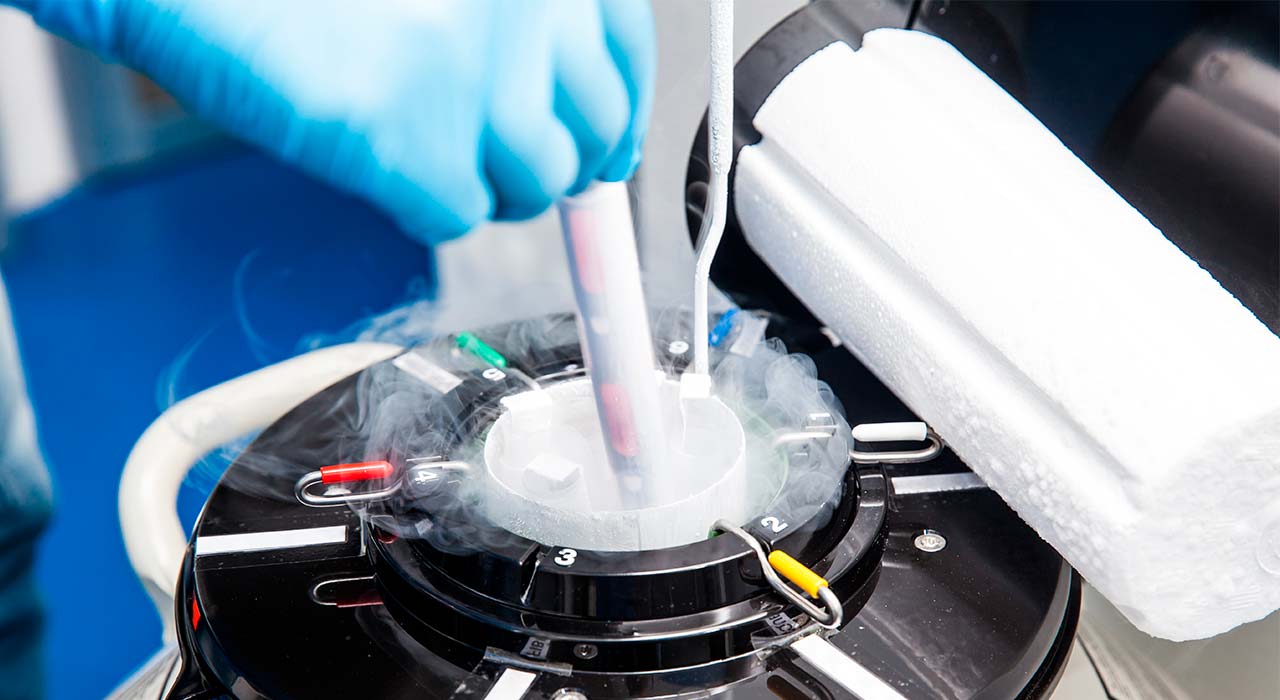Cell, gene and immunotherapy-based medicines, along with tissue samples, require not just superb temperature range management but also rigorous maintenance of the chain of identity to ensure each patient receives their own, customised, medicine.
Time constraints mean that many cell-based treatments have only a 24-48 hour life span and regulatory regimes can demand significant administration to cross state, country or international boundaries. In such circumstances, ice does not begin to cut it.
Options for cryogenic transportation
Liquid nitrogen dry vapour shippers (familiarly known as LN2 dewars) use gaseous nitrogen in a vacuum insulation buffered by a porous foam that delays the release of the nitrogen vapour, maintaining a theoretical temperature of -196°C during usage.
They tend to include a range of sensors offering information on package conditions like temperature, orientation, shock damage and altitude as well as chain of custody records such as GPS data.
The liquid nitrogen dewar is so stable that it can be used to preserve tissues and cell cultures for up to 15 days.
Dry ice packaging uses solid carbon dioxide in the form of pellets or blocks, buffered by an insulation medium, to allow it to sublimate from solid to gaseous carbon dioxide. Packaging materials for dry ice containers have to be robust enough to cope with vibrations, shocks, humidity and altitude changes and should not be made brittle or porous by the intense cold of the sublimating carbon dioxide. The package should also be designed to release carbon dioxide from the shipper to avoid the risk of explosion.
Some dry ice packaging systems allow for recharging of carbon dioxide in transit, as the sublimation process is generally typically exhausted after 96-120 hours.

Facing the future - cryogenic supply chains
Whilst the vast bulk of cryogenic shipping is currently clinical in origin, with hospitals, laboratories and research centres making up the bulk of the end-user supply chain, the movement to commercial cryogenics has already begun. Immunotherapy drugs in particular are becoming a ‘mainstream’ 3PL shipping material as cancer treatments diversify.
At the same time, the narrower sectoral market is also creating a demand for stable, cost-effective transportation of biological material; from reproductive samples required by fertilisation services through to tissue samples used in clinical trials.
The global gene therapy industry alone is expected to be worth USD 363 million by 2022, whilst the immunotherapy sector’s activity is projected to reach a staggering USD 200.44 billion by 2025 (Global Gene Therapy Market Analysis & Forecast to 2022 Research Report).
Clinical trial materials are also driving the use of cryogenic transportation - more than 24,000 top level clinical trials take place internationally every year.
Summary
Varying temperature-controlled transportation solutions exist, each tailored to specific needs, and are utilised across the globe as drugs, therapies and research activities proliferate internationally.
To address these growing and varied marketplaces, companies are working with newer, more stable and more sophisticated cryogenic packaging.
To facilitate transportation, they are also creating networks of liquid nitrogen and dry ice ‘service stations’ to work with this packaging, allowing customers to manage patient treatments across an increasing number of countries.

Arnaud Benichou
Director of Sales for Continental Europe
Based in Paris, Arnaud is responsible for the Continental Europe sales team, including Germany, Belgium, The Netherlands and France. Thanks to 25 years of sales and management experience in transport and healthcare, Arnaud is specialized in building up sales teams, creating expansion plans and aligning Biocair's service offerings with the customer's needs, supporting their growth.
